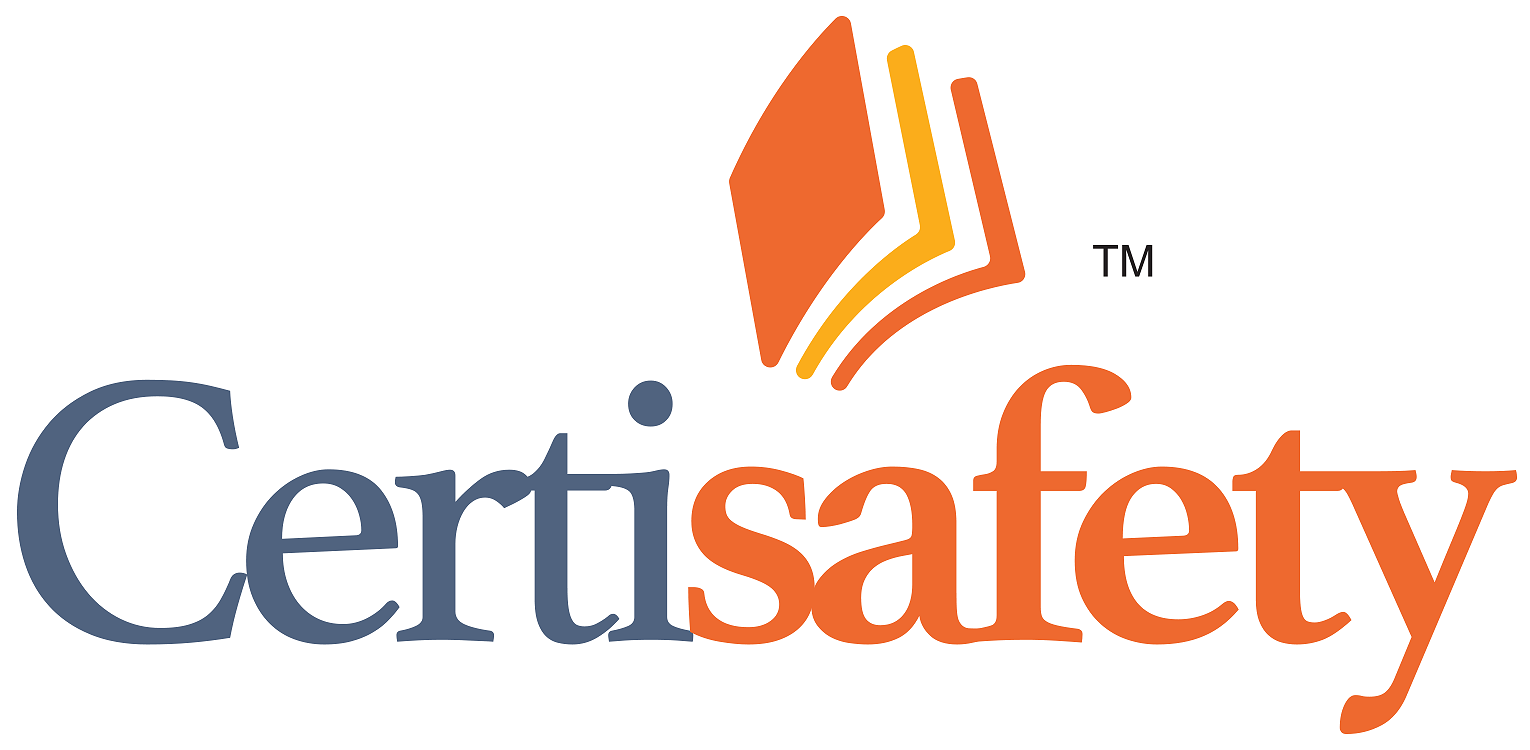

2. This predecessor to the laser emits microwaves instead of coherent light: (Plog, 16)
3. This body organ is most vulnerable to injury by laser: (Plog, 16)
4. These body parts are all vulnerable to hyperbaric pressure, except: (Plog, 17)
5. Unequal distribution of pressure can cause this form of tissue damage: (Plog, 16)
6. When employees are subjected to sound that exceeds permissible limits, what must the employer do in response? (Plog, 12)
7. Which of the following conditions may exist due to worker exposure to hyperbaric atmospheres? (Plog, 17)
8. All of the following are typical entry routes of chemical compounds, except: (Plog, 21)
9. All of the following types of chemical airborne contaminants may enter the body via inhalation, absorption or ingestion, except: (Plog, 21)
10. All of the following types of chemical airborne contaminants may enter the body via inhalation, absorption or ingestion, except: (Plog, 21)
Copyright ©2000-2018 Geigle Safety Group, Inc. All rights reserved. Federal copyright prohibits unauthorized reproduction by any means without permission. Students may reproduce materials for personal study. Disclaimer: This material is for training purposes only to inform the reader of occupational safety and health best practices and general compliance requirement and is not a substitute for provisions of the OSH Act of 1970 or any governmental regulatory agency. CertiSafety is a division of Geigle Safety Group, Inc., and is not connected or affiliated with the U.S. Department of Labor (DOL), or the Occupational Safety and Health Administration (OSHA).